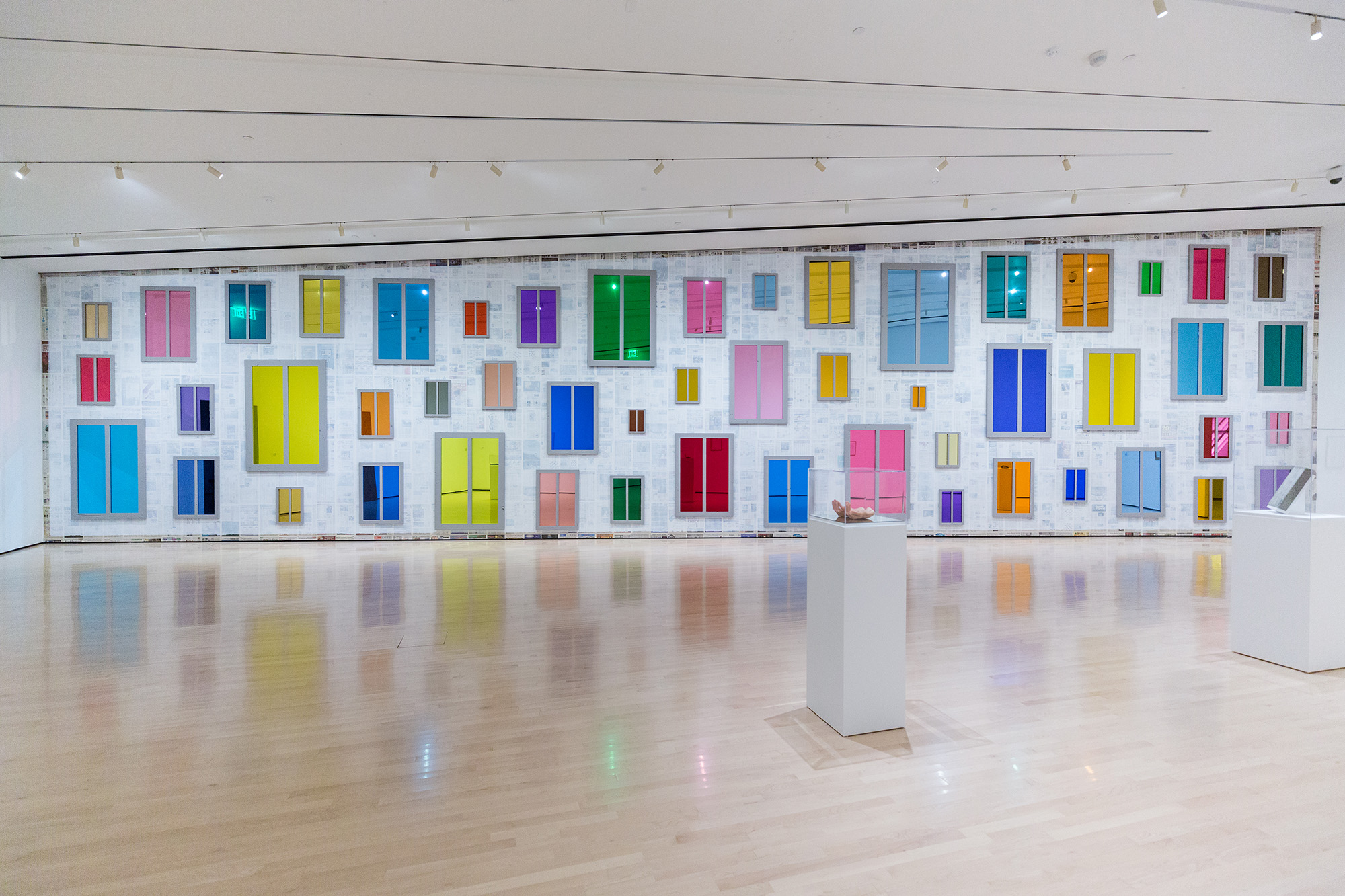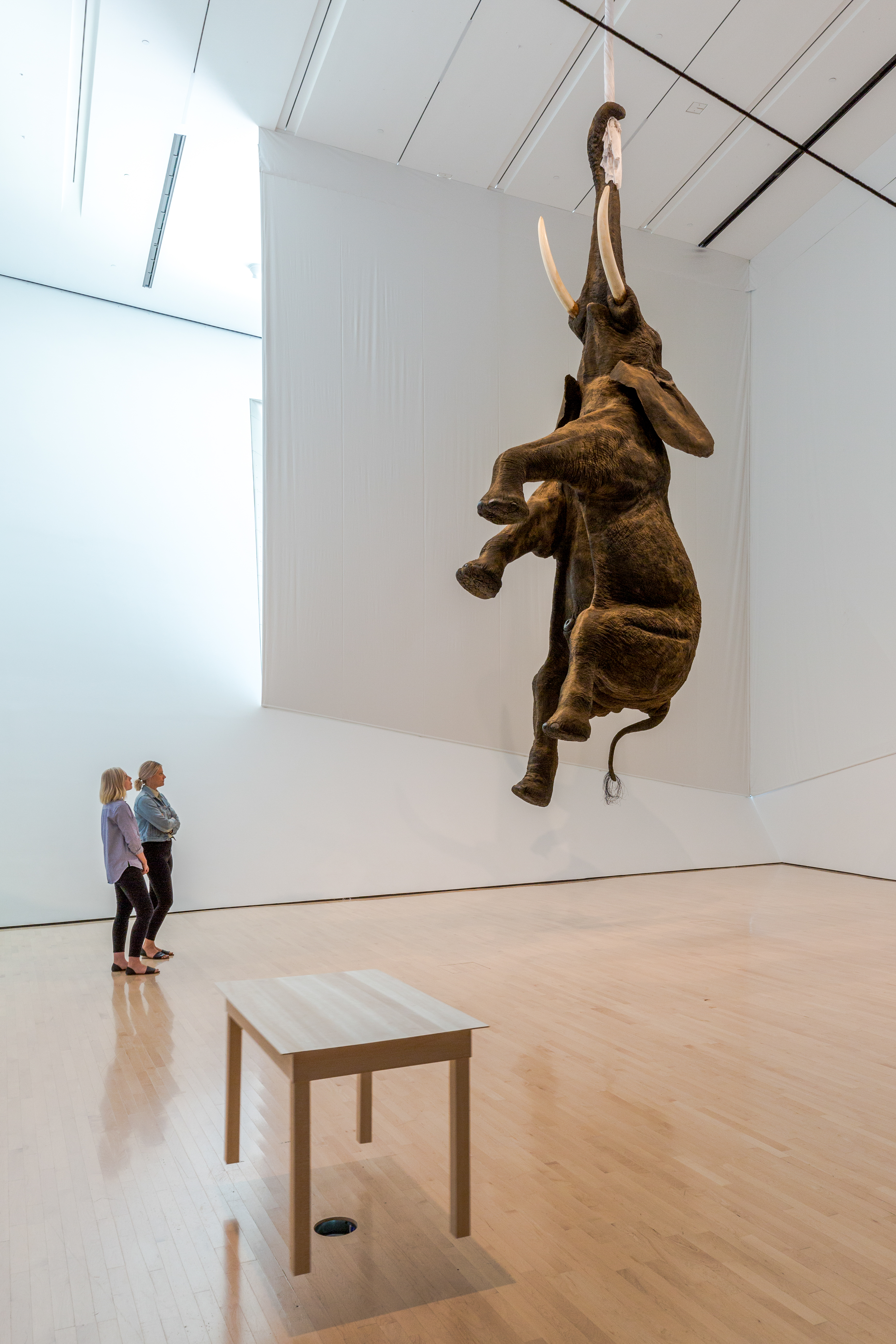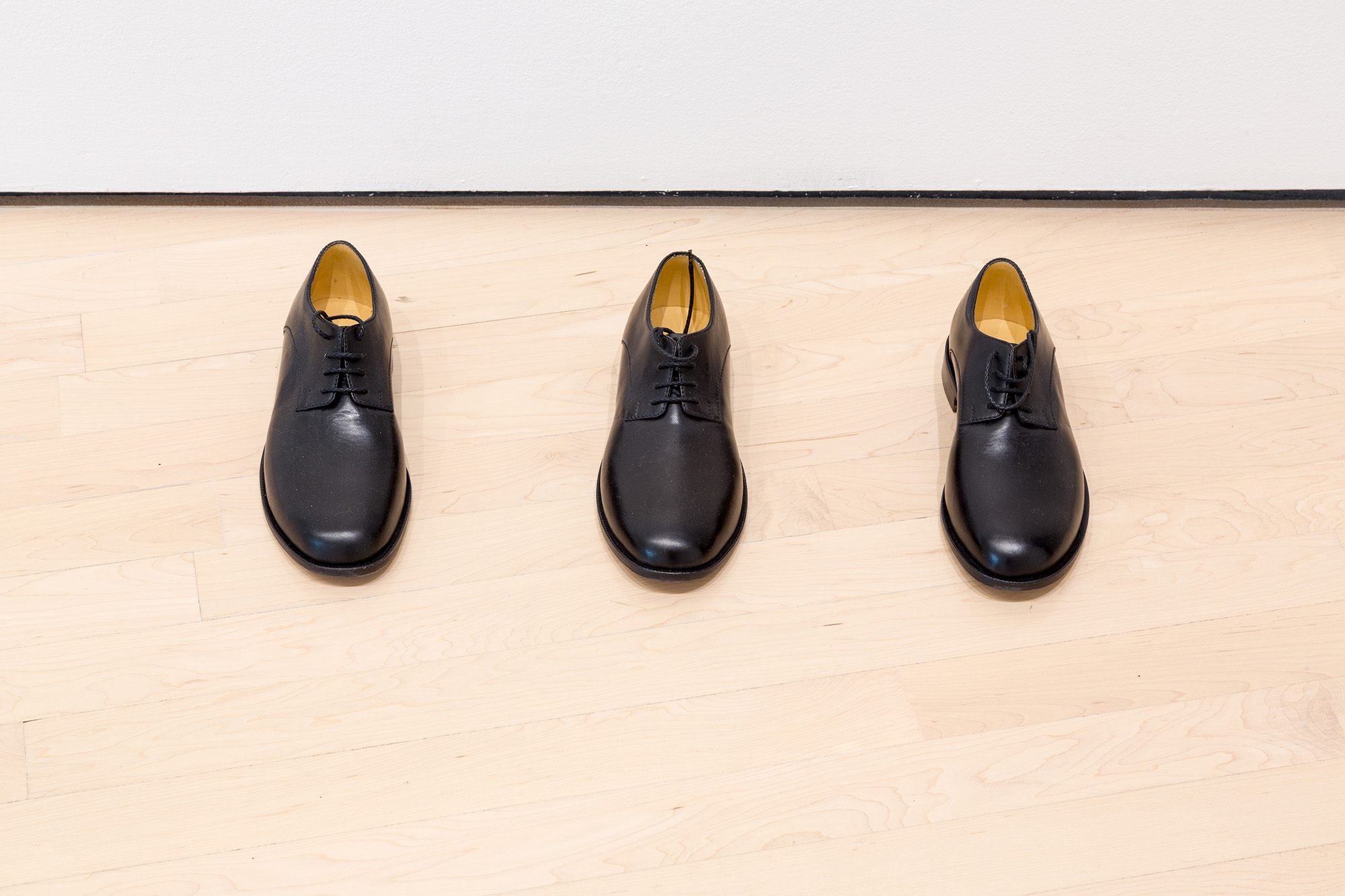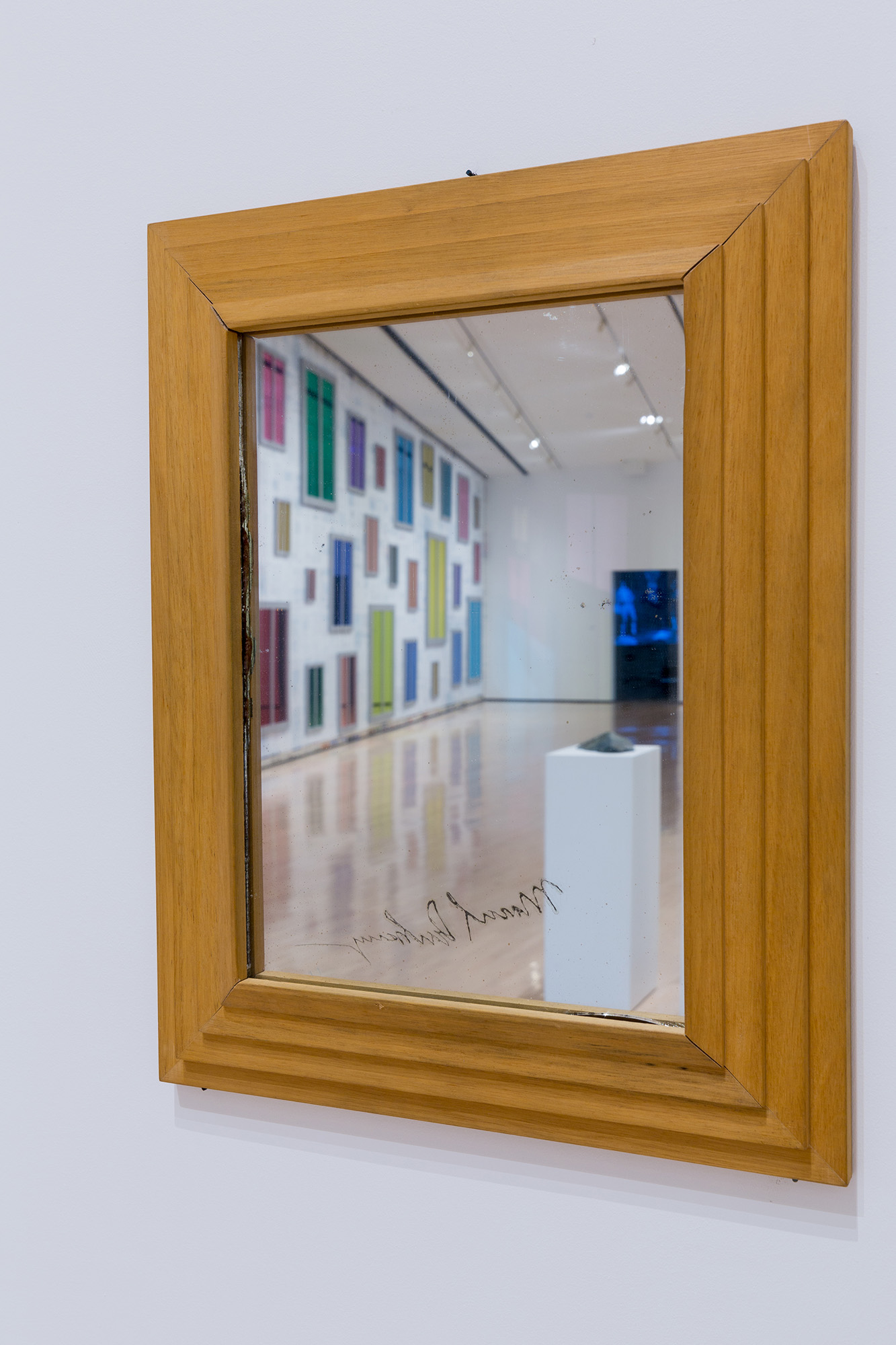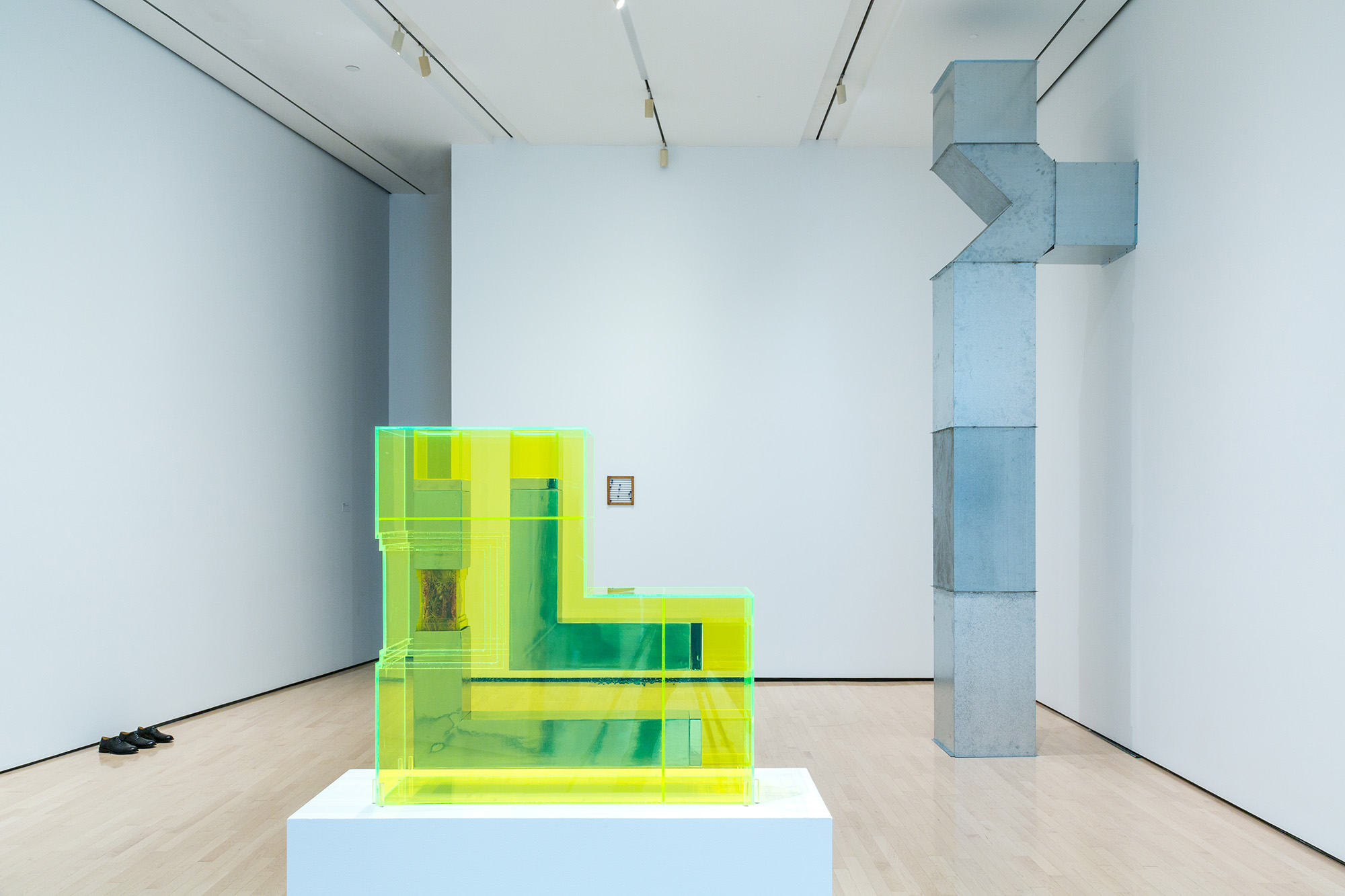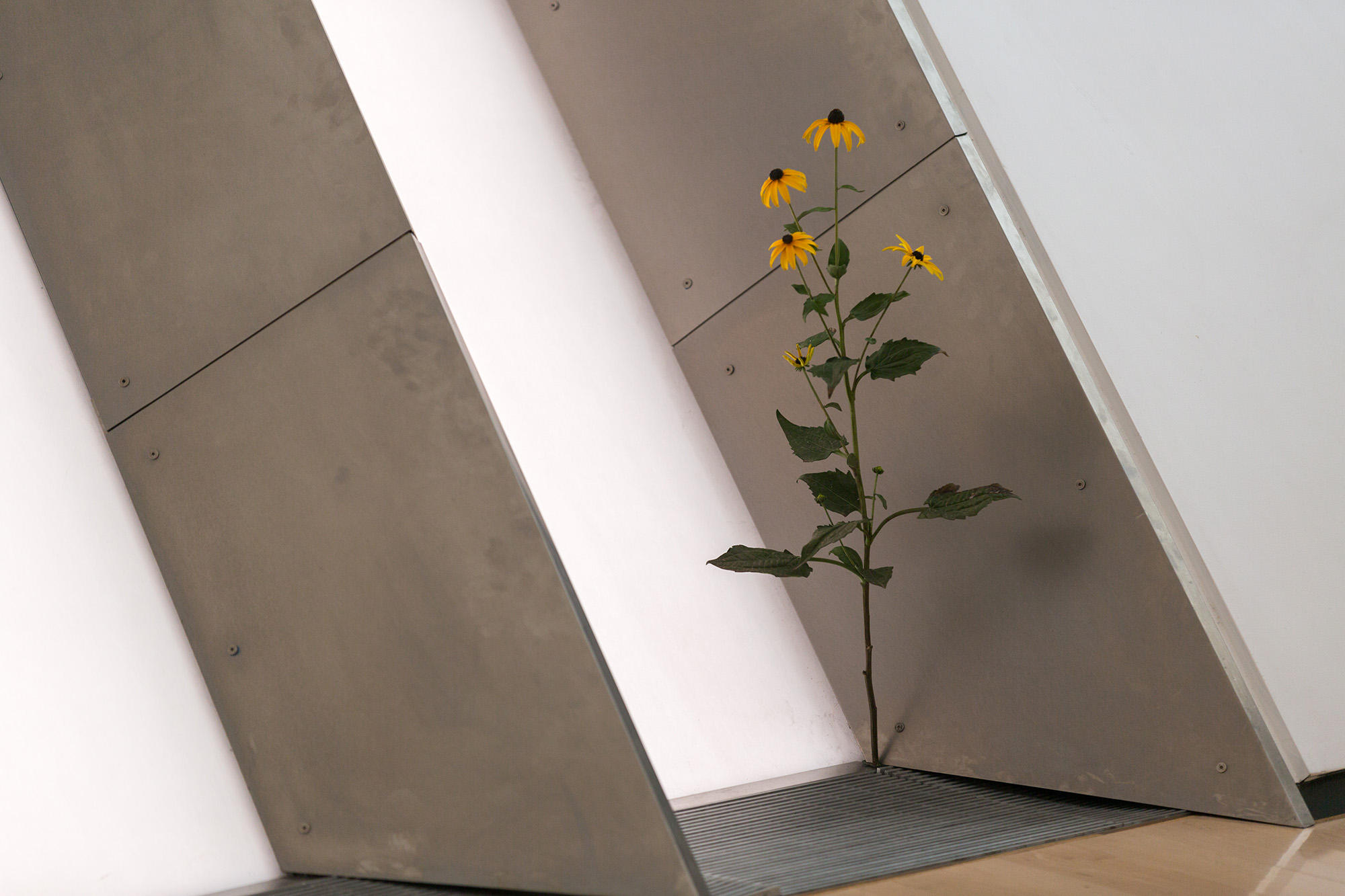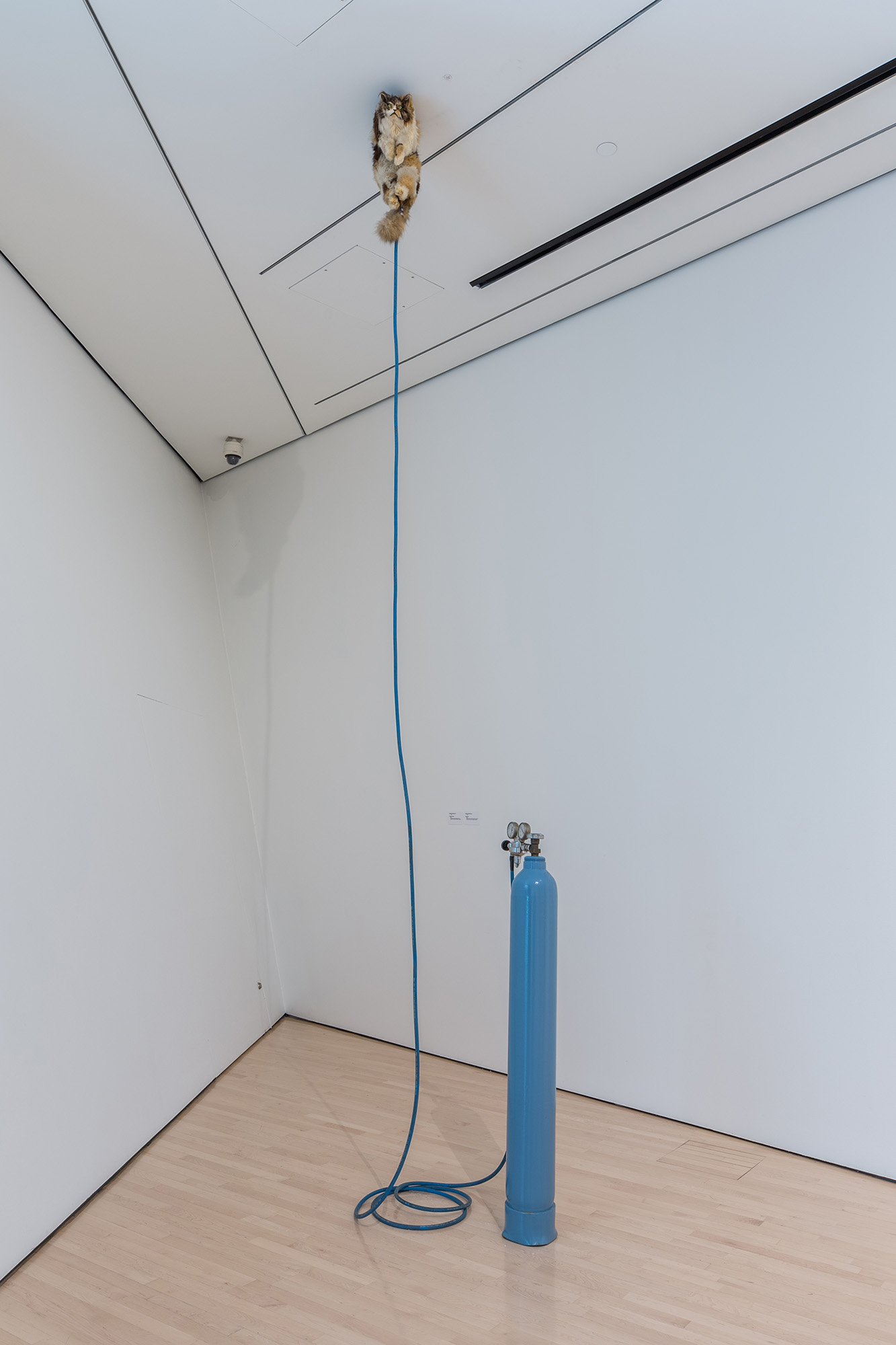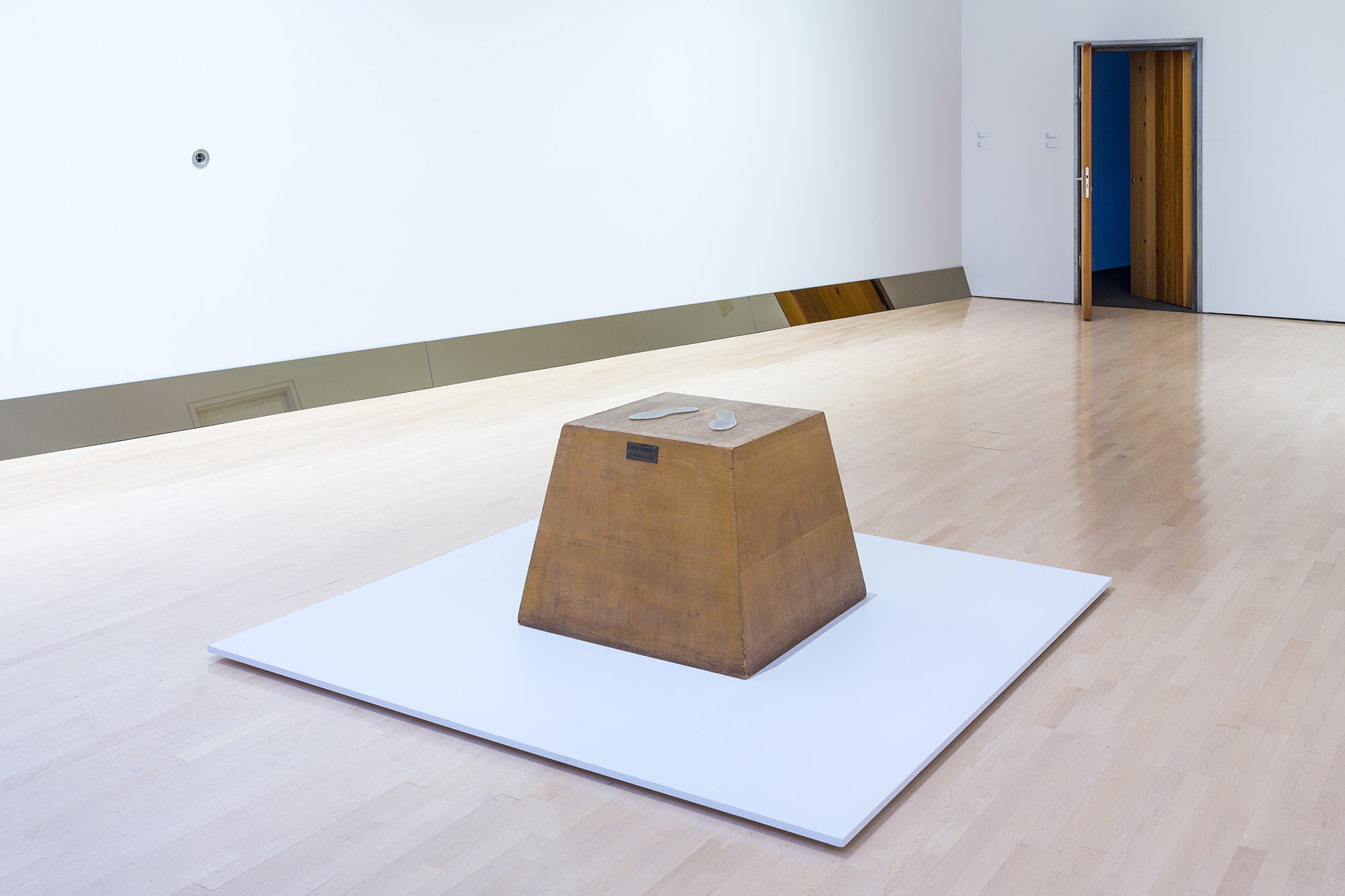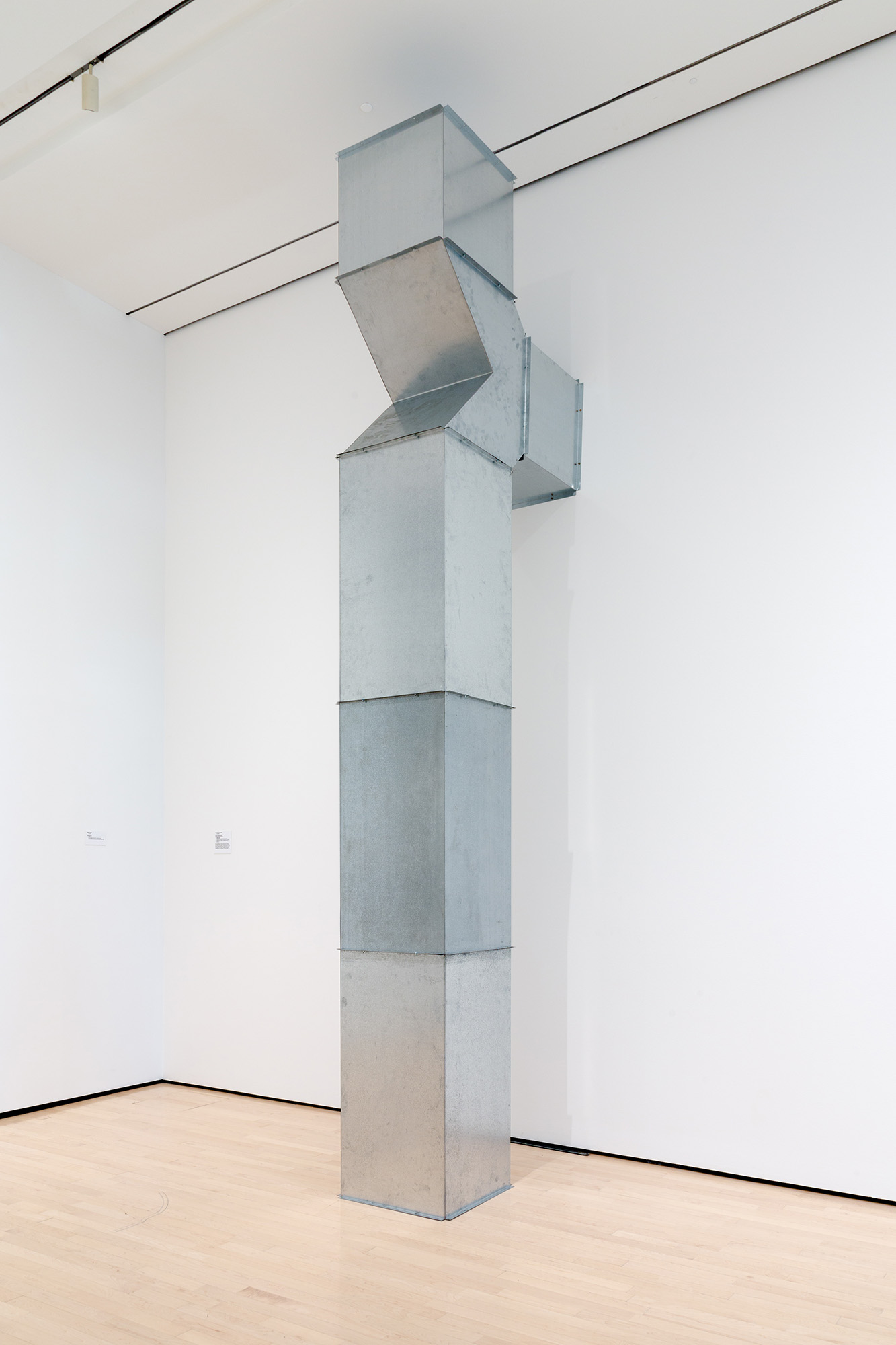With Dave Allen, William Anastasi, Keith Arnatt, Robert Barry, Jason Dodge, Marcel Duchamp, Daniel Firman, Urs Fischer, Ceal Floyer, Luca Francesconi, Ryan Gander, Robert Gober, Sigurdur Gudmundsson, Christian Jankowski, Leopold Kessler, Joachim Koester, Alicja Kwade, Anna Maria Maiolino, Piero Manzoni, René Magritte, Tony Matelli, Georges Méliès, Adam McEwen, Robin Meier and André Gwerder, Jonathan Monk, Melvin Moti, Gianni Motti, Fernando Ortega, Robert Overby, Charlotte Posenenske, Werner Reiterer, Hannah Rickards, Ugo Rondinone, Arcangelo Sassolino, Roman Signer, Paul Thek, Oscar Tuazon, Wolf Vostell, Ian Wilson, and a seven hundred year old Bishop.
A table, an elephant, a bug zapper, a bar of soap, a mirror, a thunderclap, a cat, a vending machine, and fireflies are some of the objects encountered in The Transported Man. They can be seen and understood as ordinary objects but gain new meaning when more information is revealed and when new interpretations are made possible. The table floats in mid-air (Roman Signer, Table, 2009), the elephant performs an impossible trick (Daniel Firman, Loxodonta, 2017), when the bug zapper kills a fly, the building’s electricity shuts down (Fernando Ortega, Untitled (Fly Electrocutor), 2003), the soap is the liposuctioned fat of an Italian politician (Gianni Motti, Mani Pulite (Clean Hands), 2005), the reverse side of the mirror is signed (Marcel Duchamp, Miroir (Mirror), 1964), the thunder is performed by an orchestra (Hannah Rickards, Thunder, 2005), the cat is ready for space travel (Werner Reiterer, Beginnings of Space Travel, 2002), the vending machine beams its cans to its far-away twin (Leopold Kessler, Sodamachine a and b, 2006), and fireflies and crickets flash and chirp in synchronicity (Robin Meier, Synchronicity, 2015). The Transported Man also features a film by Georges Méliès from 1904 believed to have been lost. Titled Match de Prestidigitation (A Wager Between Two Magicians), this film has not been seen in over 100 years and features Méliès himself as the protagonist. The film was recently recovered at the National Film Archive in Prague, arriving as part of an anonymous gift that included a reel with three films glued together.
Inspired by a magic trick described in Christopher Priest’s 1995 novel The Prestige, The Transported Man exemplifies the three phases of a magic trick, wherein a magician appears onstage (the Pledge), disappears through a door (the Turn), and reappears immediately through another door (the Prestige). But how can a magic trick help us understand an artwork? The spectator of a magic trick wonders what happened in the ineffable moment when a magician disappears and reappears at the other side of the stage, in the same way a viewer might wonder what happened when a piece of soap, a mirror, or a shoe reappears as a sculpture.
To be efficient, a magic trick, like many other illusions, relies on a system of belief cultivated between the magician and his or her audience. The wider the gap between what the audience sees and what it is asked to believe, the more efficient and spectacular the trick can be. A good trick works only if the spectator can navigate between these two poles—between the feeling of witnessing pure magic and the impression of seeing an ordinary scene. If the spectator decides to consider only one of the poles (a simple fact or pure magic), the trick won’t work. The belief they attribute to what they see acts like a cursor in a field implemented not by category but by intensity, wherein an object can be transported between various states of presence while gaining the power of embodying multiple identities.
The Transported Man is organized by the Eli and Edythe Broad Art Museum at Michigan State University and curated by Marc-Olivier Wahler, Director. Support for this exhibition is provided by the MSU Federal Credit Union; the Swiss Arts Council Pro Helvetia; Audemars Piguet; the Eli and Edythe Broad endowed exhibitions fund; and the MSU Broad’s general exhibitions fund.
Click here to purchase The Transported Man by Marc-Olivier Wahler.
